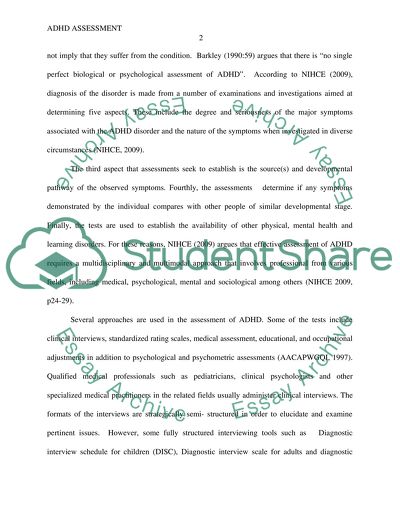Cite this document
(“ADHD assessment Research Paper Example | Topics and Well Written Essays - 1750 words”, n.d.)
ADHD assessment Research Paper Example | Topics and Well Written Essays - 1750 words. Retrieved from https://studentshare.org/psychology/1447590-assessment-test-assessment-of-adhd
ADHD assessment Research Paper Example | Topics and Well Written Essays - 1750 words. Retrieved from https://studentshare.org/psychology/1447590-assessment-test-assessment-of-adhd
(ADHD Assessment Research Paper Example | Topics and Well Written Essays - 1750 Words)
ADHD Assessment Research Paper Example | Topics and Well Written Essays - 1750 Words. https://studentshare.org/psychology/1447590-assessment-test-assessment-of-adhd.
ADHD Assessment Research Paper Example | Topics and Well Written Essays - 1750 Words. https://studentshare.org/psychology/1447590-assessment-test-assessment-of-adhd.
“ADHD Assessment Research Paper Example | Topics and Well Written Essays - 1750 Words”, n.d. https://studentshare.org/psychology/1447590-assessment-test-assessment-of-adhd.


